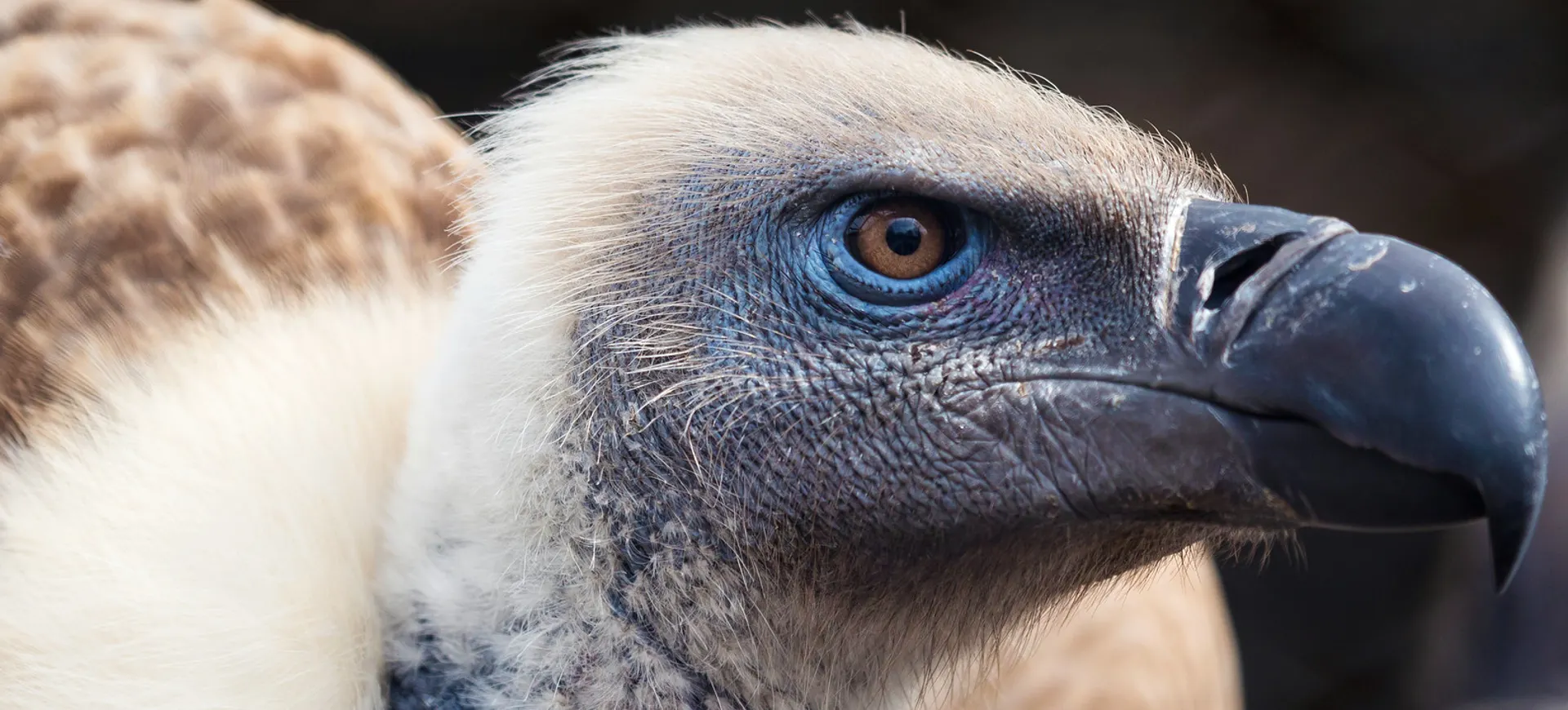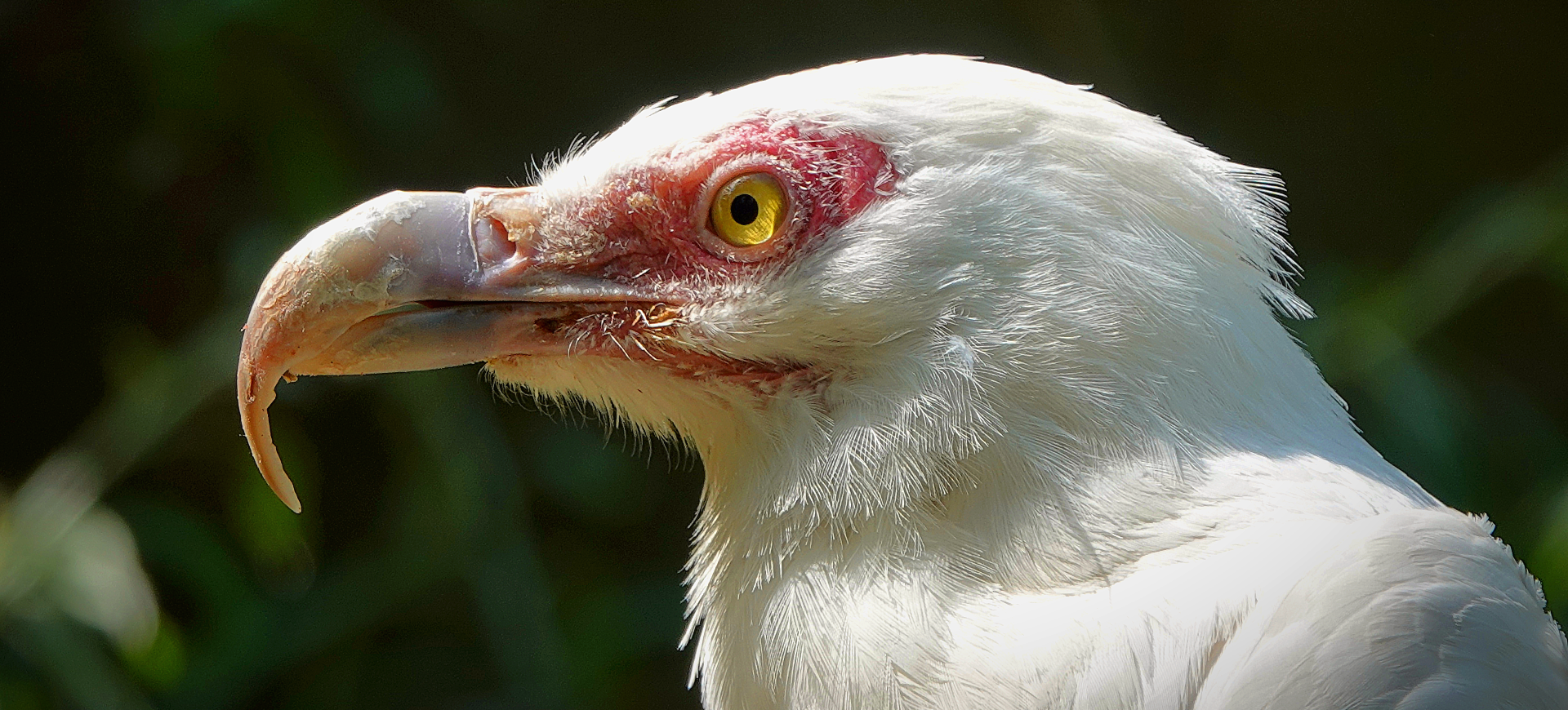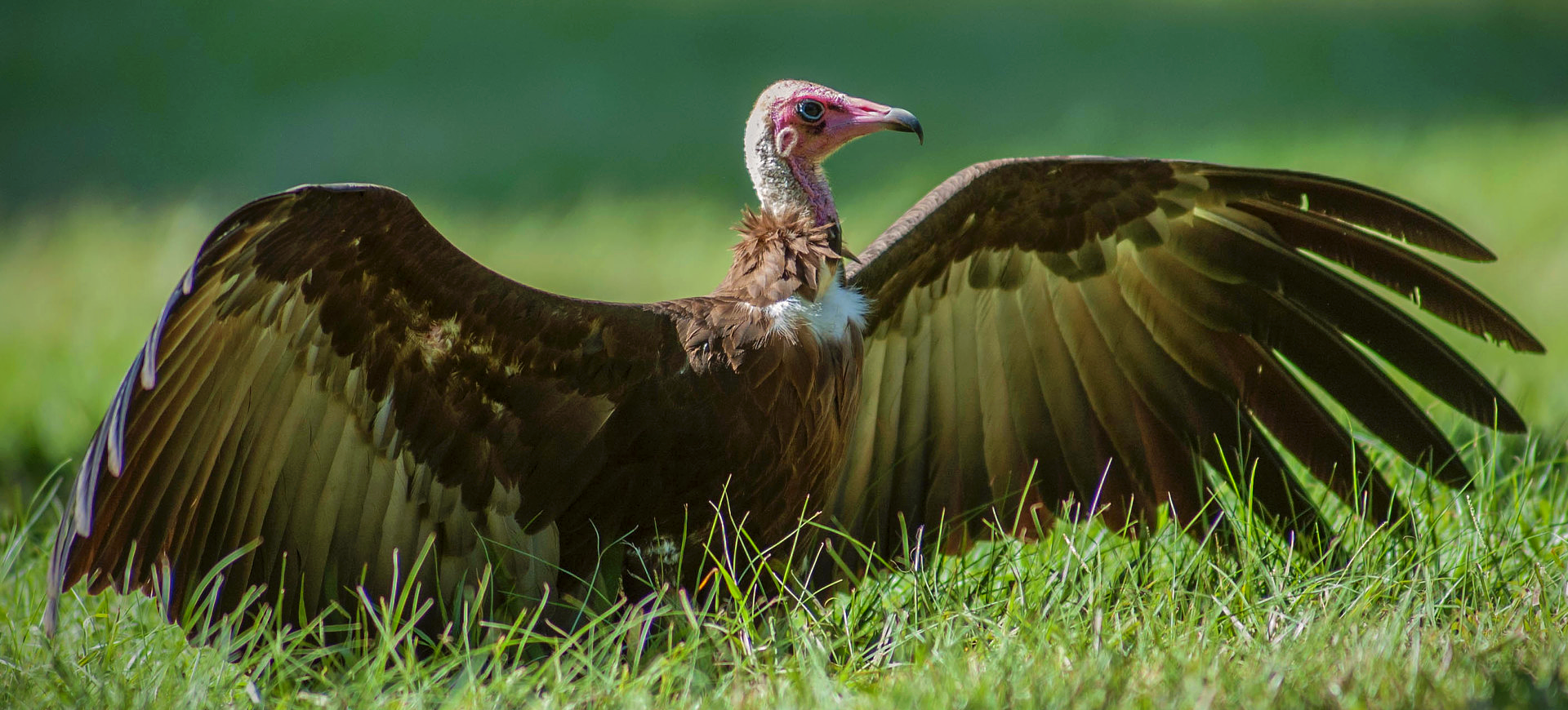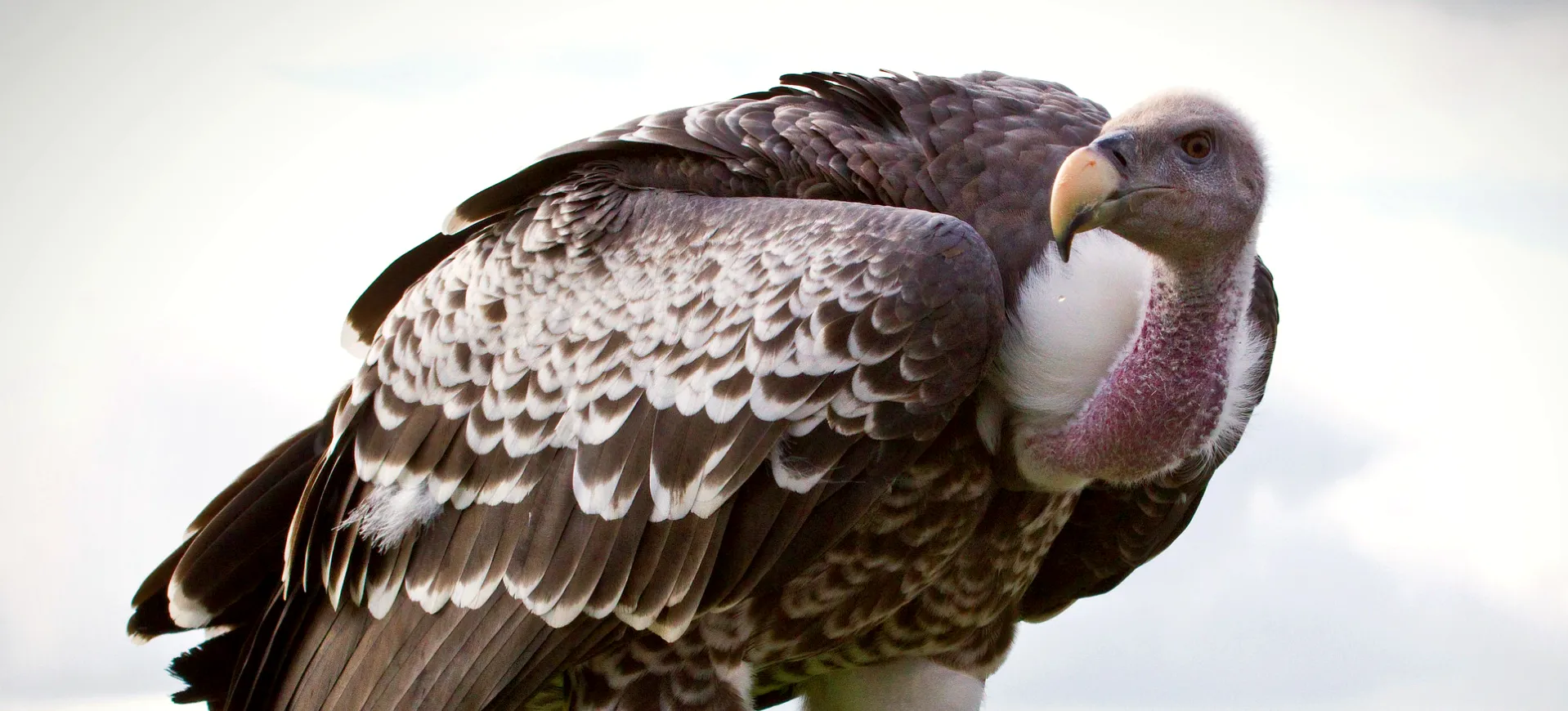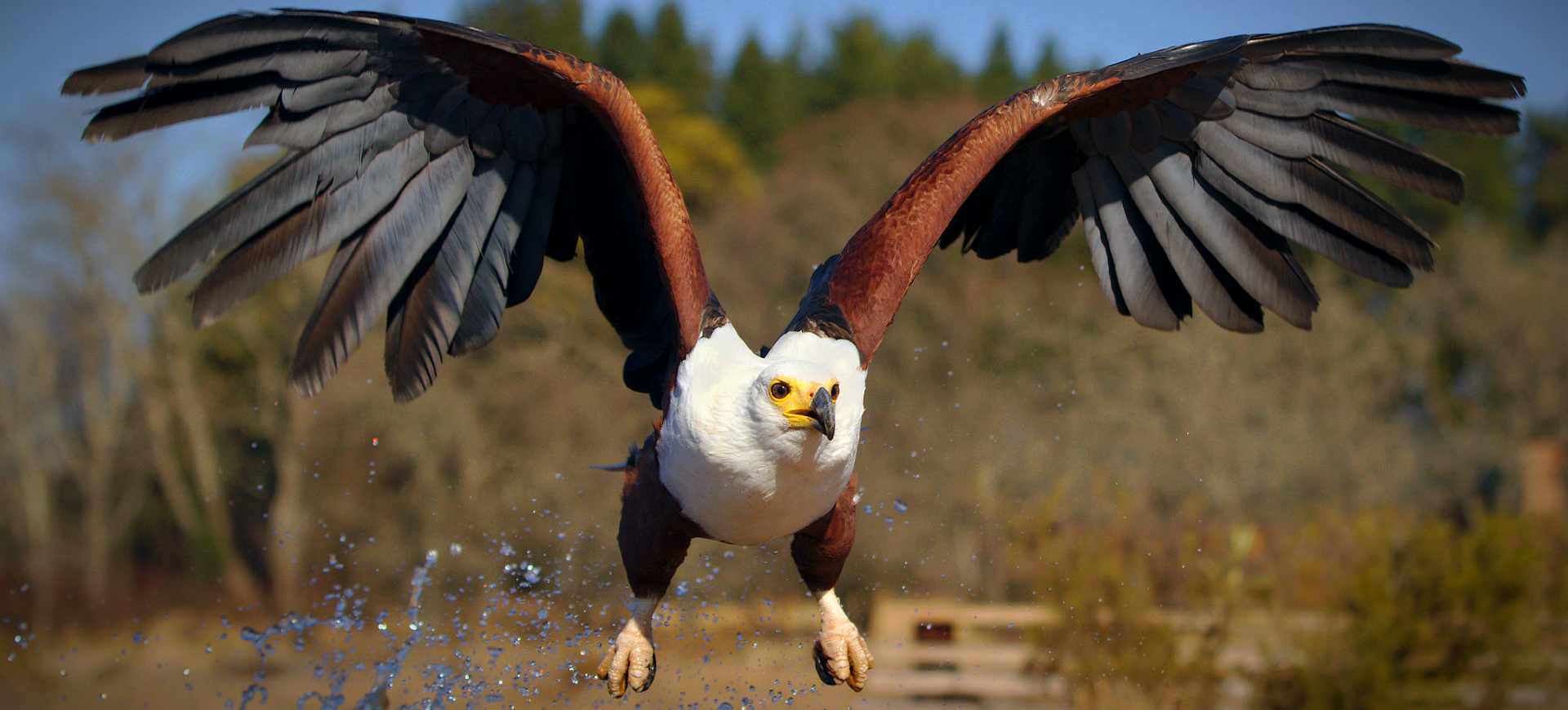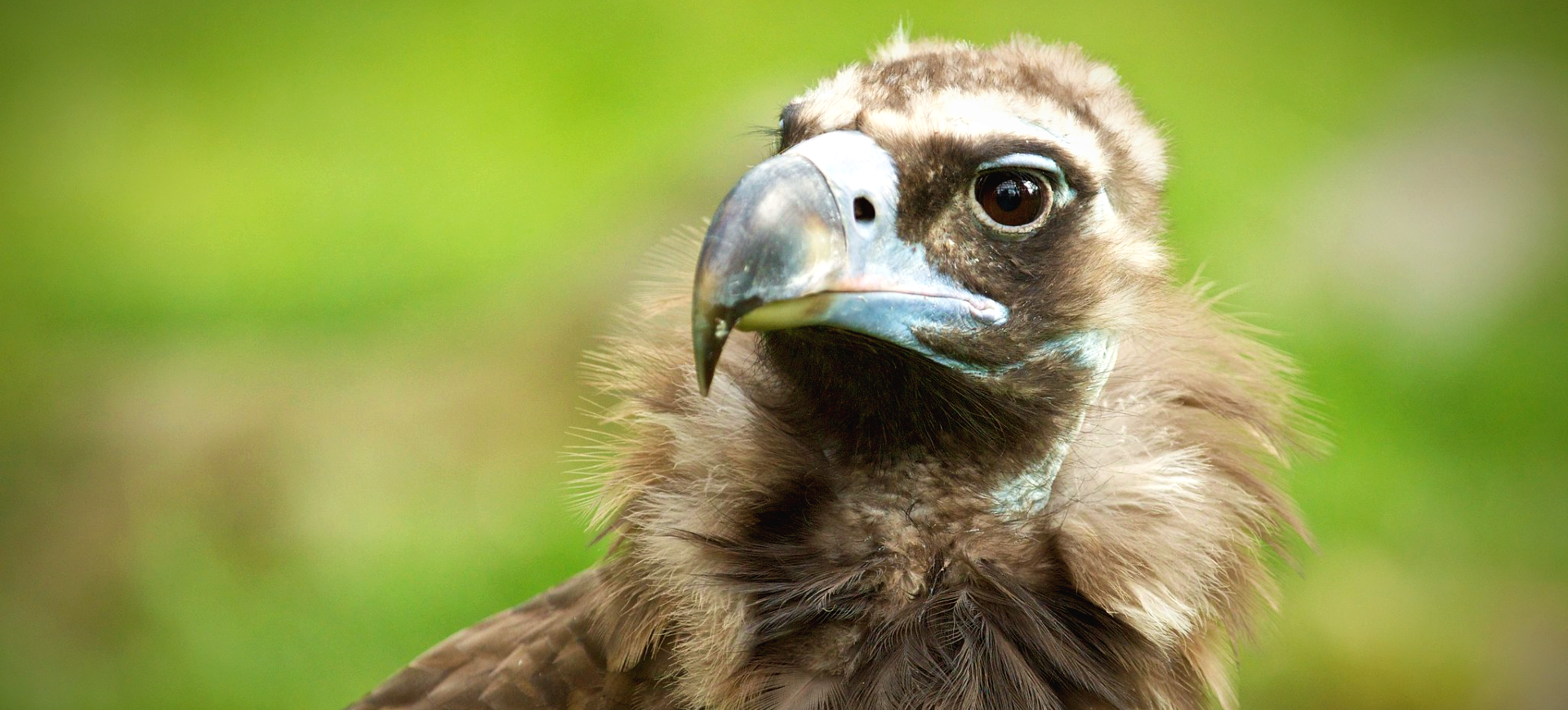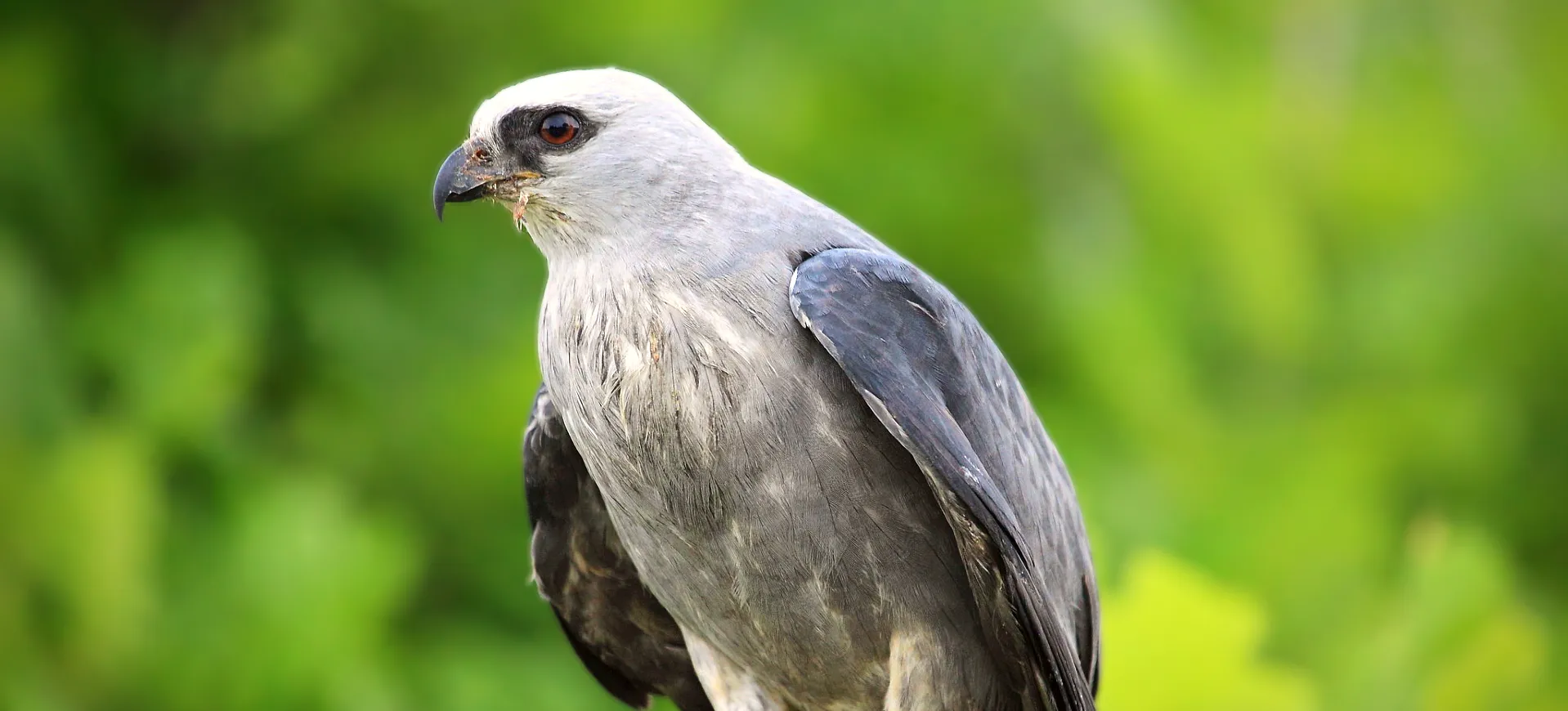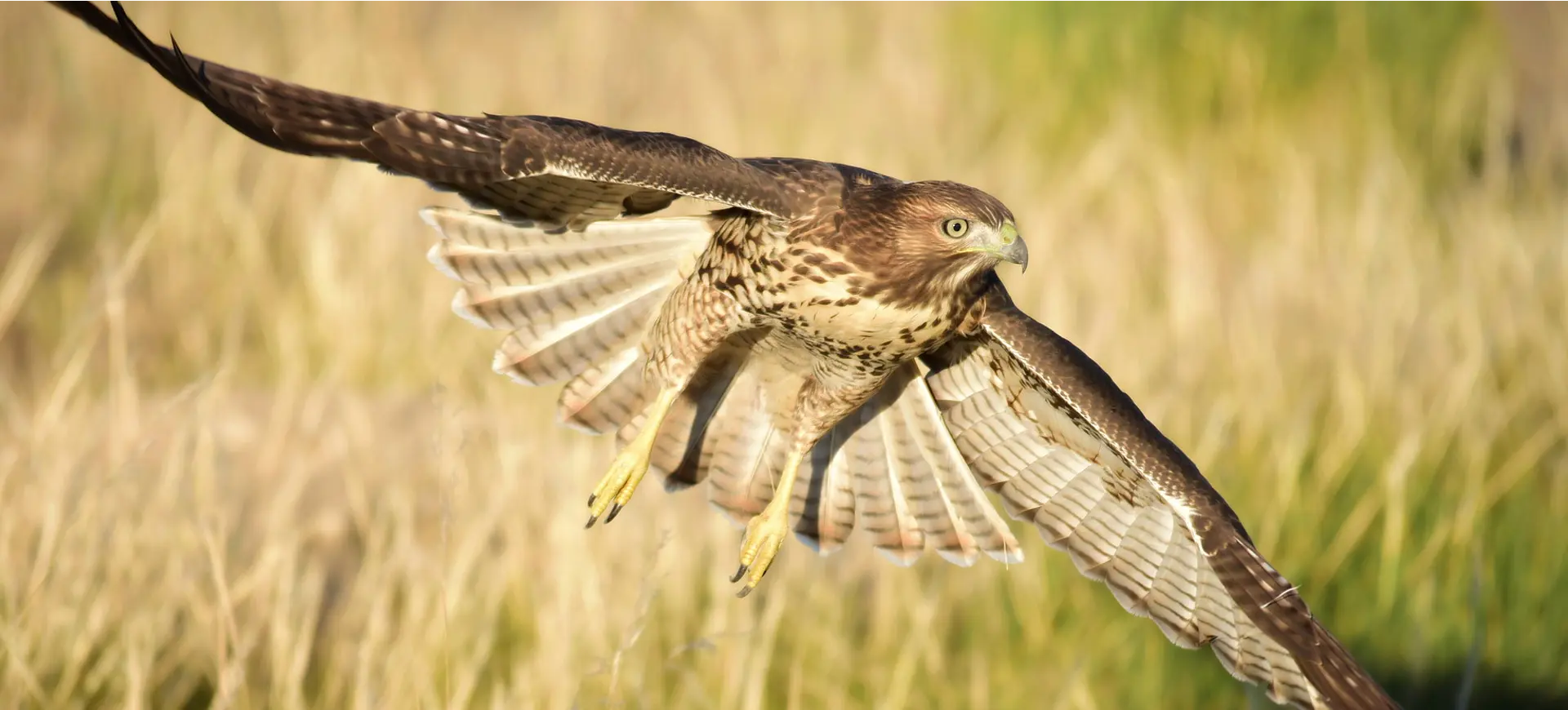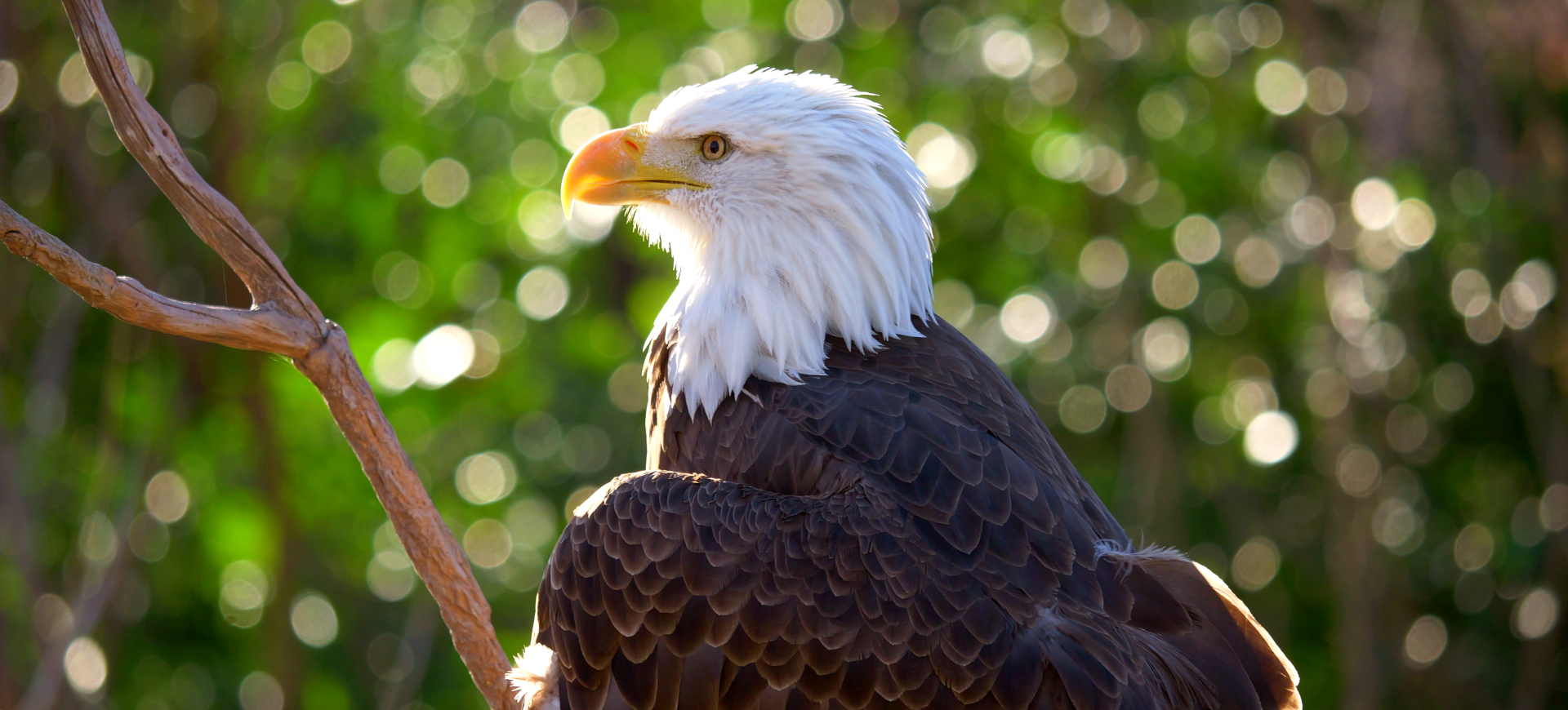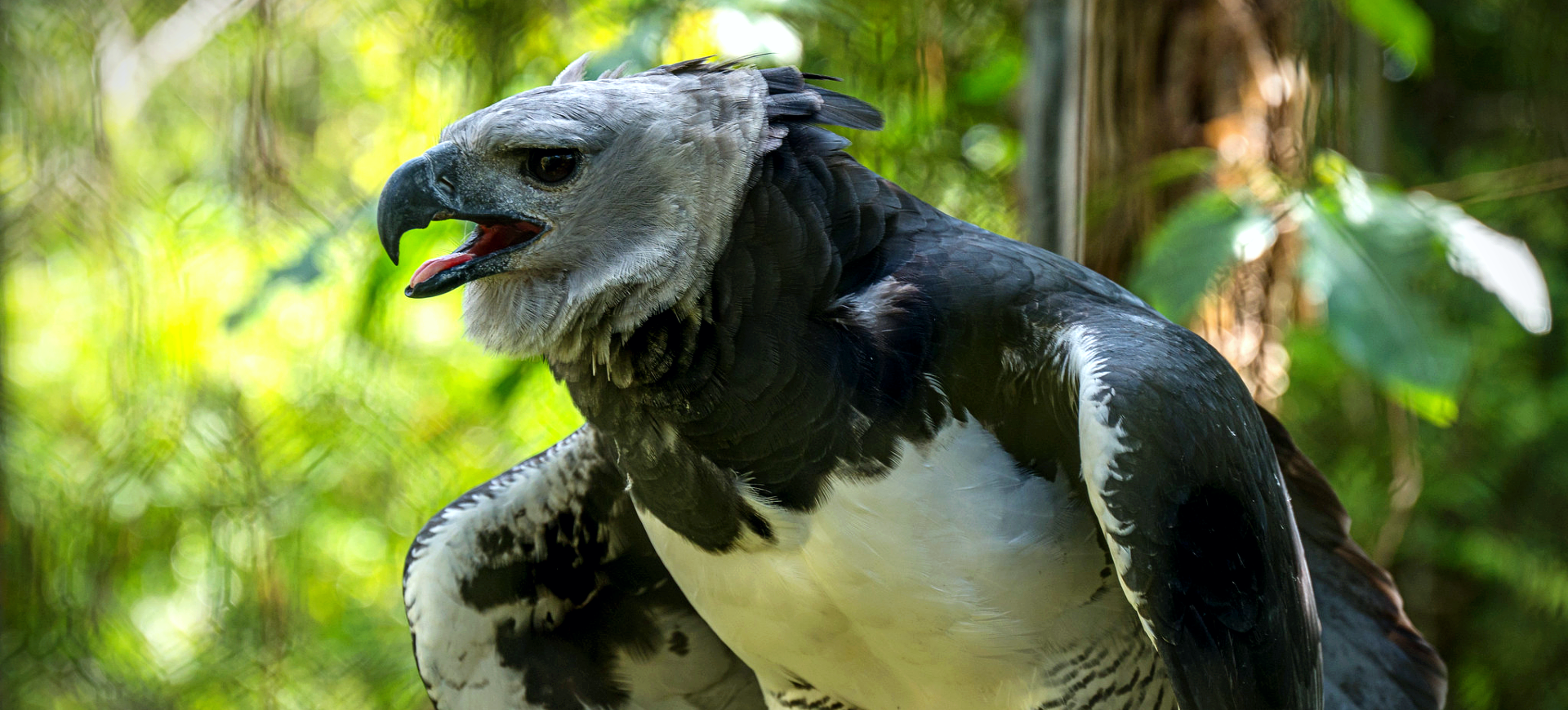Overview
The Golden Eagle, known scientifically as Aquila Chrysaetos, is one of the most powerful birds of prey in the Northern Hemisphere. This majestic bird is easily recognized by its dark brown plumage with lighter golden-brown plumage on its head and neck, giving it its common name. Golden Eagles are large raptors with impressive wingspans that enable them to soar and glide through the air for long periods. They inhabit various landscapes, including open and semi-open areas, mountains, and rugged terrain, where they can be seen soaring at high altitudes in search of prey.
Golden Eagles are solitary or monogamous birds, often forming lifelong pairs that defend large territories. These birds are known for their remarkable hunting skills, preying on rabbits, marmots, and even young deer. They possess incredible speed and strength, diving towards their prey at up to 150 miles per hour. The nest of the Golden Eagle, known as an eyrie, is often located on high cliff faces or in tall trees and can be used for several breeding seasons.
As apex predators, Golden Eagles play a crucial role in their ecosystems by helping to control populations of medium-sized mammals and other birds. They are revered in many cultures for their majestic appearance and formidable hunting abilities. Despite facing threats from habitat destruction and persecution, Golden Eagles have a widespread range and are protected by law in many countries. Conservation efforts aim to preserve their habitats and mitigate threats to ensure the survival of this iconic bird species.
Taxonomy
Kingdom
Phylum
Class
Order
Family
Genus
Species
Sub Species
Type
Physical Description:
Golden Eagles are distinguished by their impressive size and striking appearance. Adults typically have dark brown body plumage with lighter golden-brown plumage on their heads and necks. Their powerful legs are feathered down to the yellow feet and possess large, curved, black beaks for tearing flesh. The wingspan of a Golden Eagle is one of its most notable features, allowing it to soar and glide with minimal effort and providing a breathtaking sight when fully extended.
Juvenile Golden Eagles differ from adults by having white patches at the base of the tail and on the wings, which gradually fade as they mature. The size of these birds can vary significantly by region, but they are generally among the largest birds of prey. Males and females are similar in appearance, though females are typically larger than males, a common trait among birds of prey. The keen eyesight of the Golden Eagle allows it to spot prey from great distances, making it an efficient and formidable hunter.

Lifespan: Wild: ~30 Years || Captivity: ~50 Years

Weight: Male: 6-9 lbs (2.7-4.1 kg) || Female: 8-12 lbs (3.6-5.4 kg)

Length: Male: 30-34 in (76-86 cm) || Female: 35-40 in (89-102 cm)

Wingspan: Male & Female: 72-90 in (183-229 cm)

Top Speed: 150 mph (241 km/h)
Characteristic:
Native Habitat:
Golden Eagles are found in various habitats, including alpine meadows, tundra, barren areas, and other open or semi-open regions. They prefer rugged landscapes with ample open spaces for hunting and cliffs or tall trees for nesting. Their range spans much of the Northern Hemisphere, from North America and Europe to Asia. Golden Eagles are highly adaptable and capable of living in environments ranging from arctic to desert conditions.
The habitat choice is largely influenced by prey availability and suitable nesting sites. Golden Eagles are territorial birds, often selecting large territories that can vary in size depending on the density of food sources. These territories must provide enough food to support breeding pairs and their offspring. Adapting to different environments has allowed the Golden Eagles to maintain a widespread distribution despite changes in the landscape and human encroachment.
Climate Zones:
Biomes:
Biogeographical Realms:
Continents:
Countries:
Diet:
Diet & Feeding Habits:
Golden Eagles are carnivorous, preying on various animals, including rabbits, hares, ground squirrels, and marmots. They can also take down larger prey such as foxes, young deer, and domestic livestock. Their hunting strategy involves soaring or perching at a vantage point before diving at high speeds to catch their prey unawares. Golden Eagles have been observed working in pairs to hunt, especially during the breeding season when they need to provide for their young.
These eagles possess a highly adaptable diet that varies depending on prey availability in their territory. In addition to live prey, Golden Eagles will scavenge on carrion, especially during winter when live prey may be scarcer. Their powerful talons and beaks allow them to easily tear apart their prey. The ability to adapt their feeding habits to the changing seasons and prey availability is a key factor in the Golden Eagle’s survival across its varied habitats.
Mating Behavior:
Mating Description:
Golden Eagles are monogamous, often forming lifelong bonds with their mate. During the breeding season, they perform spectacular aerial displays, including dives, rolls, and chases, to strengthen their pair bonds and establish territory. They build large nests, known as eyries, on cliff ledges or tall trees, which may be used for several years. Both parents share the duties of incubating the eggs and raising the young, demonstrating a high degree of parental investment and cooperation.
The breeding season varies by geographical location but generally occurs in spring, timed with the availability of ample prey for feeding their chicks. Golden Eagles typically lay 1-4 eggs per clutch, with the chicks hatching after about 40-45 days of incubation. The young eagles, or eaglets, depend on their parents for food and protection for several months before fleeing. The protection of nesting sites and surrounding habitats is crucial for the reproductive success of Golden Eagles, highlighting the importance of habitat conservation efforts.
Reproduction Season:
Birth Type:
Pregnancy Duration:
Female Name:
Male Name:
Baby Name:
Social Structure Description:
Golden Eagles are solitary or occur in pairs, particularly during the breeding season when they establish and defend territories. They exhibit strong territorial behavior, using vocalizations and aerial displays to communicate and deter intruders. The bond between mated pairs is strong, with couples often returning to the same nesting sites year after year. Outside of the breeding season, Golden Eagles may tolerate the presence of other individuals within their territory, especially in areas with abundant food resources.
Understanding the social behavior of Golden Eagles is important for conservation efforts, as it informs the management of their habitats and the protection of nesting sites. The solitary nature of these birds underscores the need for large, undisturbed territories for foraging and breeding. Research into the social dynamics and territory size of Golden Eagles can aid in developing conservation strategies that accommodate their ecological needs. Efforts to conserve Golden Eagles and their habitats contribute to preserving the ecological communities in which they play a key role.
Groups:
Conservation Status:
Population Trend:
The Golden Eagle is classified as Least Concern by the IUCN Red List, indicating that it is not currently at immediate risk of extinction on a global scale. However, local populations may be declining in some areas due to habitat loss, human disturbance, and persecution. Conservation efforts are focused on habitat protection, research, and monitoring to address these threats and ensure the stability of Golden Eagle populations. Legal protections, such as the Bald and Golden Eagle Protection Act in the United States, have been crucial in conserving Golden Eagles and their habitats.
Maintaining large, undisturbed territories is essential for the survival of Golden Eagles, requiring concerted conservation efforts to protect and restore natural habitats. Rehabilitation programs for injured or sick eagles also contribute to the conservation of the species, aiding in the recovery of individual birds and their release into the wild. Public education and awareness campaigns can help mitigate human-induced threats to Golden Eagles by promoting coexistence and respect for wildlife. The conservation of Golden Eagles is a global concern, necessitating international collaboration to protect this majestic bird of prey and its habitats.
Population Threats:
The main threats to Golden Eagles include habitat loss and fragmentation due to agricultural expansion, urban development, and forestry practices. Electrocution and collisions with wind turbines and power lines also pose significant risks to these birds. Illegal shooting and poisoning, driven by perceived threats to livestock or for sport, further endanger Golden Eagles. Climate change impacts the availability of prey and suitable nesting sites, presenting long-term challenges for Golden Eagle populations.
Conservation measures must address these threats through habitat protection, implementing wildlife-friendly infrastructure, and enforcing laws against illegal persecution. Efforts to mitigate the impacts of renewable energy development on Golden Eagles are crucial, including the careful planning of wind farms and power lines. Community involvement in conservation initiatives can help reduce conflicts between humans and Golden Eagles, promoting coexistence. Research and monitoring Golden Eagle populations are essential for understanding their ecology, assessing threats, and informing conservation actions.
Conservation Efforts:
Conservation initiatives for Golden Eagles aim to protect and restore their natural habitats, mitigate threats from human activities, and promote the recovery of local populations. The designation of protected areas and wildlife corridors can help preserve critical habitats and facilitate the movement of Golden Eagles across landscapes. Conservation programs that involve the installation of bird-safe power lines and carefully planning wind energy projects are key to reducing mortality from electrocution and collisions. Rehabilitation centers play a vital role in caring for and recovering injured Golden Eagles, contributing to their conservation.
Education and outreach programs can raise awareness about the importance of Golden Eagles and their challenges, fostering public support for conservation efforts. Collaborative projects between conservationists, governments, landowners, and the energy sector are essential for addressing the multifaceted threats to Golden Eagles. Legal protections, such as those provided under the Migratory Bird Treaty Act and the Bald and Golden Eagle Protection Act in the United States, offer a framework for conserving Golden Eagles. Ongoing research is crucial for monitoring Golden Eagle populations, understanding their ecology, and developing effective conservation strategies.
Additional Resources:
Fun Facts
- Golden Eagles use their powerful talons to catch prey, including animals as large as deer fawns.
- They are one of the fastest birds, capable of reaching speeds up to 150 mph (241 km/h) in a dive.
- Golden Eagles are known to mate for life, often using the same nest for several years, which they continuously repair and expand.
- The nests of Golden Eagles, called eyries, can be massive, sometimes measuring over 6 feet (1.8 meters) in diameter and 4 feet (1.2 meters) in depth.
- Golden Eagles have excellent vision, estimated to be 4 to 8 times stronger than an average human.
- They can fly at altitudes exceeding 10,000 feet (3,048 meters), riding thermal currents to conserve energy.
- Golden Eagles are highly revered in many cultures, symbolizing strength, courage, and freedom.
- They have been used in falconry for centuries, valued for their hunting skills and loyalty.
- Golden Eagles can migrate over long distances, but some populations are resident, staying in their territories year-round.
- The plumage of juvenile Golden Eagles is darker and more mottled than that of adults, helping them blend into their mountainous habitats.












